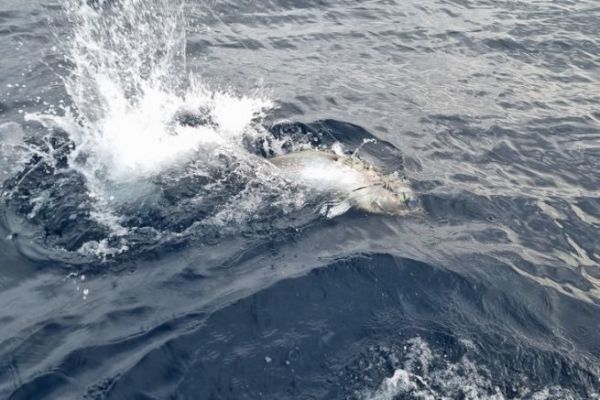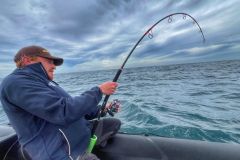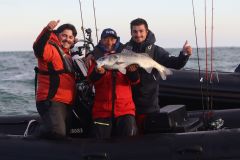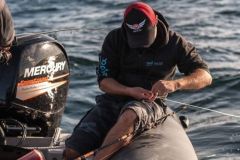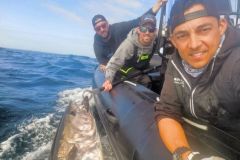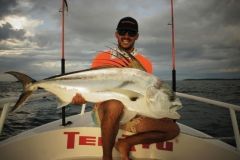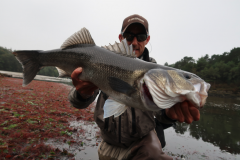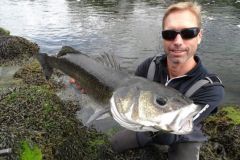Sport fishing
Big-game fishing is an activity often carried out from boats at sea, generally offshore, to target these large fish that can weigh several hundred kilos.
This fishing method, which appeared in the United States in the 1920s with the development of the first motorboats, was then widely developed in the Pacific and Latin American oceans, as well as in Europe, particularly in the Mediterranean.
The main attraction of big-game fishing is often sporting: it requires great physical effort in the fight with the fish, as well as specific technical equipment such as powerful rods, reels capable of holding long lengths of line and specially reinforced lines.
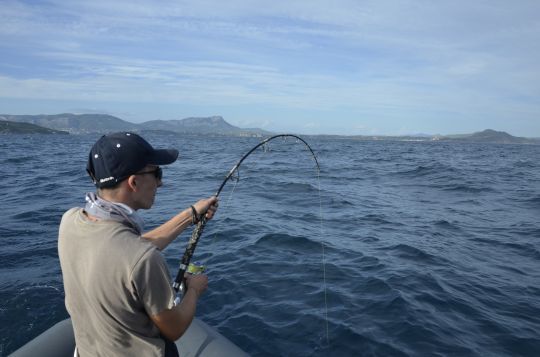
Different techniques and approaches
Techniques used include trolling, where lures or livebaits are pulled behind the boat to attract fish, and grazing, where fish are attracted by throwing pieces of bait into the water. This type of fishing can also be practised from a stand-up position or from a specially designed fighting seat, depending on the power needed to control these large fish.
On the technical front, boats dedicated to big-game fishing can be fitted with advanced electronic equipment (radar, sonar, powerful binoculars) to locate schools of fish.
In the Mediterranean, big-game fishing is renowned for targeting emblematic species such as bluefin tuna, swordfish and certain sharks, offering anglers adventure and thrills. Technological advances, such as the arrival of braided wires, have modernized the technique, enabling even lighter fishing, such as casting for tuna.
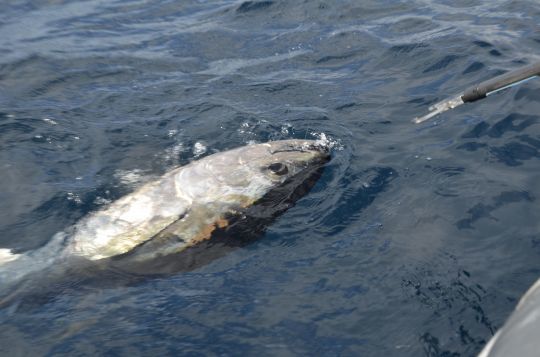
Big-game fishing is a technical sport that targets very large marine fish on the high seas, requiring specific tackle, a good knowledge of techniques and modern equipment to successfully catch these giants of the oceans.

 /
/ 